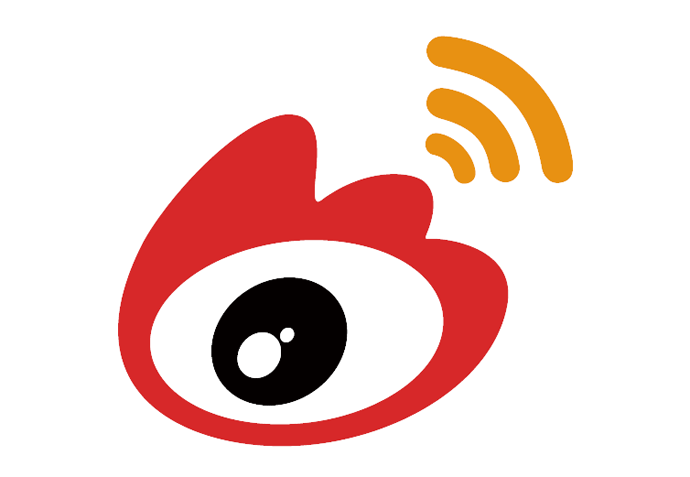
The healthy gut contains both yeast and good bacteria, in balance with each other. In many Autism Spectrum Disorder (ASD) kids, however, one or the other can be out of balance. Bacteria can overgrow, or there can be a complete lack of bacteria. Also, bad bacteria can develop and take over, rather than good bacteria, causing major problems for our children.
Bacteria live in the intestinal tract, sharing space with the yeast. Antibiotic use makes yeast worse, or can start off an unhealthy reaction causing yeast overgrowth. Antibiotics kill bacteria, both good and bad, but not yeast. When using antibiotics, the bad bacteria can take over the system and yeast can grow to fill in the space left by the removal of the bacteria.
There are many strains of yeast that live in the digestive tract including candida, which appears to be the most common. There are also several different types of “bad” bacteria, including clostridia and Citrabacter F.
Both good and bad bacteria exist in the gut. Common “good” bacteria, also called beneficial bacteria, are lactobacillus acidophilus and bifidobacterium, And don’t panic if you see it on your test but bacteria like e-coli exist in the normal gut.
Overgrowth is made possible by a dysfunctional immune system or gastrointestinal distress. A healthy immune system and regular, healthy bowel movements should keep the Candida in check. Occasionally, these complex systems “get out of check” and overgrowth of bad bugs becomes an issue.
What is important to remember: Yeast live and feed on sugar. Limiting high sugar (or foods that turn into sugar in the gut) is the first and most important step.
What Does Yeast Overgrowth Look Like?
Yeast overgrowth manifests itself in two forms – behavior and physical.Behavioral signs
- Headaches
- Inappropriate laughter
- Sleep disturbances
- Unexplained intermittent crying episodes
- Belly aches
- Constipation
- Bed wetting
- Gas pains
- Fatigue
- Depression
- “Foggyness”
- Inattention
- Hyperactivity
- Anger, aggression
- Increased self-stimulatory behavior
- High-pitched squealing
- Increased sensory defensiveness
- Climbing/jumping off things
- Sugar cravings
- Confusion
- Lethargy
Physical Signs
- in the mouth, in the form of thrush
- on the skin such as diaper rash or eczema
- red ring around the anus
- rash or cracking between the toes or joints
How Do You Test For Yeast?
According to best practices, yeast levels are best measured via a stool (poop) test.Genova Diagnostics offers a stool test called the CDSA (Comprehensive Digestive Stool Analysis)
A test such as the CDSA tells you how much yeast, what types and amounts of yeast and (both good and bad) bacteria your child has and offers you information about which pharmaceutical and homeopathic treatments might be the most effective to treat your child’s issues.
Other labs that offer a stool analysis include Doctor’s Data and Metametrix.
Urinary Organic Acid Tests (OAT) may measure levels of “fungal metabolites” (yeast waste products) in the urine. Several labs offer this test including:
How Do You Treat Yeast?
There are three main ways to treat yeast overgrowth – medications, homeopathic treatments and dietary changes.Medications (prescribed) include:
- Nystatin
- Ketoconosal
- Sporonox
- Amphoterican B
- Flagyl (Metronidazole)
- Nystatin
- Diflucan (fluconazole)
- Bactrim
- Vancomycin
- Neomycin
- Lamisil
- Nizoral
- Vermox (kills what feeds on sugar)
Homeopathic treatments include:
- Probiotics
- HBOT (anecdotally)
- Colostrum
- ThreeLac
- Grapefruit Seed Extract (GSE)
- Olive leaf extract
- Oil of oregano
- Garlic extract
- Pau d’Arco
- Uva ursi
- Biotin
- Sugar-eating enzymes like CarbDigest or No-Fenol
- Caprylic acid
- Berberine
- MCT (Medium Chain Triglycerides) oil
Dietary changes include:
- Gluten-, Casein- and Soy-free diet
- Low- to no-sugar diet
- Low- to no-carbohydrate diet
- SCD (Specific Carbohydrate Diet)
- Regular use of carbohydrate-targeting enzymes
What Is a No/Low Yeast Diet?
Yeast lives and feeds on sugar so a low/no-yeast diet would be one that limited or removed sugars, and foods that break down into simple sugars such as corn, rice, fruit. Removing juices (which are high in sugars), removing candy and all sugars is the first step. Read here for a list of sugar and carbohydrate foods that feed yeast.What Should I Expect To See When Treating Yeast?
Die-off (rapid dying of gut bugs, leading to excess release of toxins) of massive quantities of yeast and bacteria can be physically hard on the body. That much dead or dying stuff flying around can wreak havoc so it’s common that we see a negative reaction, before a good reaction when starting yeast treatment. This is also called a “Herkshimer” reaction, a massive die off of pathogens. There are ways to help combat this reaction and bring your child through the process with the least bad reaction.Things that can help lessen the negative reaction:
- Activated Charcoal capsules
- Alka Seltzer Gold (not regular)
- Drinking lots of water (8 oz every 2 hours minimum)
- High doses of Vitamin C or magnesium to get them to stool the toxins out faster
After the typical “die off” is over, usually lasting 3-7 days, most parents report that treatment improves their children’s behavior and concentration –– kids seem more aware and less “foggy.” Anecdotal reports claim that the frequency of inappropriate noises, teeth grinding, biting, hitting, hyperactivity, and aggressive behavior decreases. The child acts less silly and shows less inappropriate laughter, just to name a few.
Does Yeast Ever Stop Being a Problem?
Parents often have to fight yeast over and over. Here are some reasons that it returns in our children.- Certain treatments that we use for other issues in autism, like chelation for removal of heavy metals, or anti-virals to reduce extremely high viral markers can also exacerbate yeast.
- A common mistake parents make when starting the GFCF diet is to substitute a lot of high-sugar, high carbohydrate foods for the gluten and casein thus causing more yeast.
- Weak immune system – since yeast overgrowth wouldn’t be possible with a healthy immune system, it’s very important to get the immune system stabilized. Leaving the immune system weak can bring back yeast in a hurry.
- Side effect of a prescribed supplement or a drug.
- Toxic metals, such as mercury and chemicals, such as aspartame, MSG and others can kill friendly intestinal flora, alter immune response and allow yeast to proliferate.
- Disorders like hormonal imbalance, celiac disease or hemochromatosis.
- Reports back from parents indicate that as the child’s overall health improves, yeast and other bacteria imbalances become less of an issue. This process takes time and a dedicated doctor to monitor and assist in this process.
Tips For Keeping Yeast At Bay
- Probiotics – Rotating probiotics every 3 months to include different strains.
- Diet – makes sure your child is not getting too much sugar or too many carbs in their diet. Limit juice consumption.
- Enzymes – Use sugar-eating enzymes.
- Immune boosters – products like colostrum, zinc, Vitamin C, cranberry extract, Grapefruit seed extract, and others will boost the immune system.
- Vermox – using this starves sugar-eating organisms, the standard is one pill every 10 days.
- Gut cleanouts – To “wipe the slate clean” every 6-12 months can be a
good thing. This is a standard pediatric gut clean out protocol that
has worked for us for many years:
- Bottle of magnesium citrate (any drug or grocery store)
- Fleet enema
- Lots of water
- Dulcolax: Give first according to package directions, and start hydrating with water. The next day, do enema, then give the magnesium citrate. Keep your child hydrated with water.
Suggested Additional Reading on Yeast Overgrowth:
www.autism.com/triggers/candida_org.htmwww.nutritioninstitute.com/Autism.html
www.greatplainslaboratory.com/home/eng/yeast.asp
Related Links:
Dietary intervention (including GFCF, SCD)Gluten-free, casein-free diet
SCD (Specific Carbohydrate Diet)




沒有留言:
張貼留言